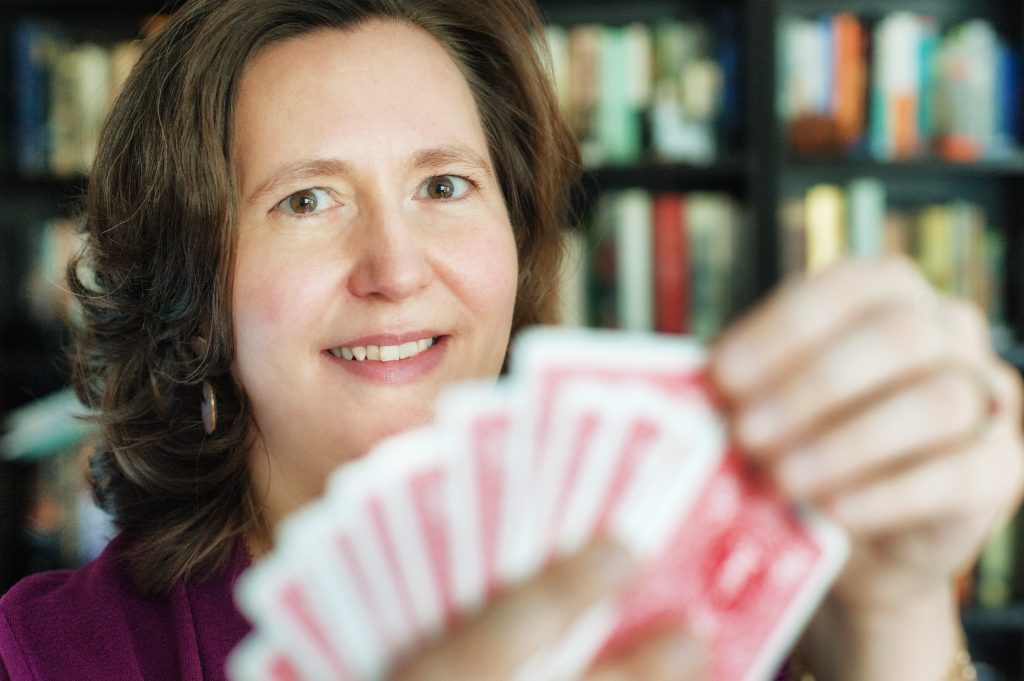Tiny ‘rat casino’ offers insight into brain and possible treatments for compulsive gambling
UBC Psychology Prof. Catharine Winstanley’s work on gambling addictions will be a highlight of the new Djavad Mowafaghian Centre for Brain Health, a major new research and clinical facility that recently opened at UBC.


Catharine Winstanley
In 2009, Winstanley’s Laboratory of Molecular and Behavioural Neuroscience created the world’s first animal lab experiment to model human gambling.
In their most recent study, 32 rats gambled for sugar pellets using a slot machine-style device that featured three flashing lights and two levers they could push with their paws. The rats exhibited several behaviours associated with problem gambling, such as the tendency to treat “near misses” in a similar way to wins. By blocking the D4 receptors with drugs, they were able to reduce this behaviour.
Related:
Catherine Winstanley’s Q and A with UBC News
Scientists reduce behaviours associated with problem gambling in rats


